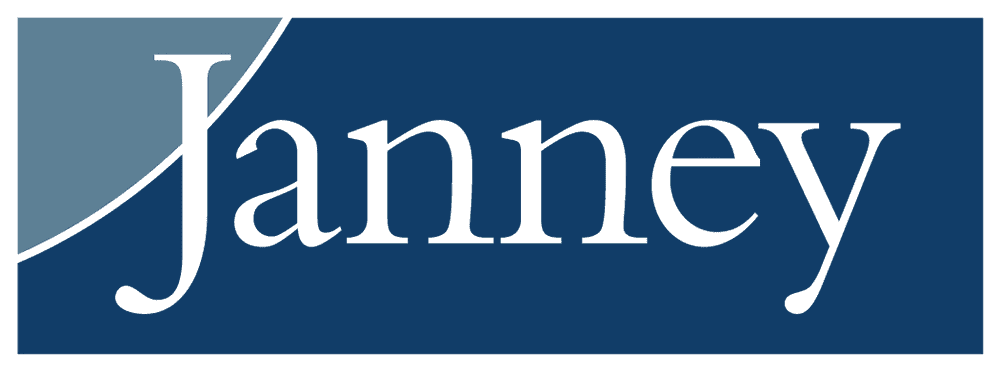
Banks Inherited a Wholesale Balance Sheet During the Pandemic. Here’s What to Do.
Brought to you by Janney

Bank managements and directors must recognize how cash has changed significantly over the past seven quarters, from the fourth quarter of 2019 to the third quarter of 2021. The median cash-to-earning assets for all publicly traded banks has grown to 10% in recent quarters, up from 4% pre-pandemic. This is a direct impact of the Covid-19 pandemic on deposit flows from government stimulus and the reluctance to deploy cash in a time of historically low interest rates.
The result is a healthy “wholesale” balance sheet that is separate and distinct from banks’ normal operations. This must be factored into growth plans for 2022 and 2023. We think it may take several quarters to properly deploy the excess liquidity. Investors already demand faster loan growth and their tolerance towards low purchases of securities may wane. The pressure to take action on cash is real, and it should be seen as an opportunity and certainly not a curse. We see excess cash as a high-class problem that can be met with a successful response at all banks.
We expect financial institutions will become far more open about their two balance sheet positions in the near future. First, let’s talk about the “normal” operation with stated goals and objectives on growth (e.g. loans, earnings per share and returns on tangible equity). Next, segment the “wholesale” balance sheet, which contains the cash position and any extra liquidity in short-term securities. Using our industry data above (10% cash in earning assets, up from 4% pre-pandemic), a $3 billion community bank has $300 million in cash instead of the usual $120 million it carried two years earlier – this establishes a $180 million wholesale position. Company management should directly communicate how this separate liquidity will be used to enhance earnings and returns in future quarters. Likewise, boards should stay engaged on how this cash gets utilized within their risk tolerance.
Late in the fourth quarter of 2021, certain company acquisitions disclosed the use of excess cash as a key rationale of the deal. An example is Ameris Bancorp, whose executive team stated in its December 2021 purchase of Balboa Capital that the transaction was funded by excess cash. Back in May 2021, Regions Financial (which is neutral-rated by Janney) acquired EnerBank with a home improvement finance strategy that would deploy its liquidity into new loans. Regions has since completed additional M&A deals with the same explanation. Many more small M&A transactions seem likely in 2022 using cash deployment as an underlying theme.
It has been my experience for three decades as an equity analyst that banks miss chances to explain their strategy in a succinct yet powerful manner. Remaining shy under the pretense of conservatism does not generally reward a higher stock valuation. Instead, banks who are direct and loud about their strategy (and then execute) tend to be rewarded with a stronger stock price. Hence, it is a far better idea to express a game plan for cash and a bank’s distinct “wholesale” balance sheet.
The current cash positions (which produced little to no earnings return in prior quarters) are now a superb opportunity to make a difference with investors. We encourage banks to be direct on how they will utilize excess cash and liquidity separate from their existing operations. The Janney Research team estimates banks can generate nearly a 10% boost to EPS by 2023 from managing excess cash alone. This is separate from any benefit from higher interest rates and Federal Reserve policy shifts that may occur.
Outlining a cash strategy in 2022 and 2023 is a critical way to differentiate the bank’s story with investors. Bank executives and directors must take advantage of this opportunity with a direct game plan and communicate it accordingly.


